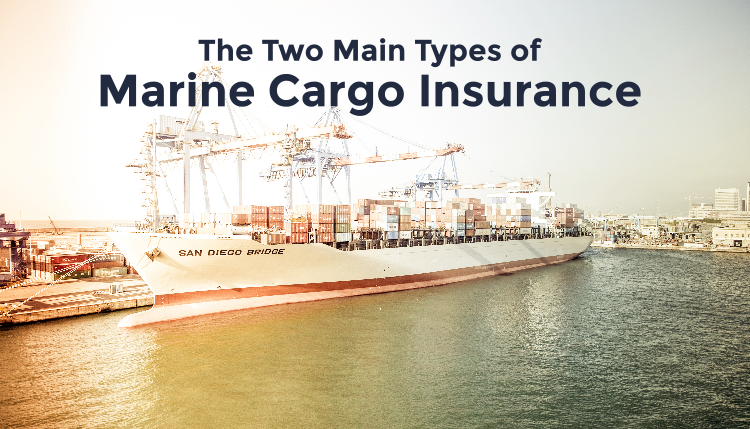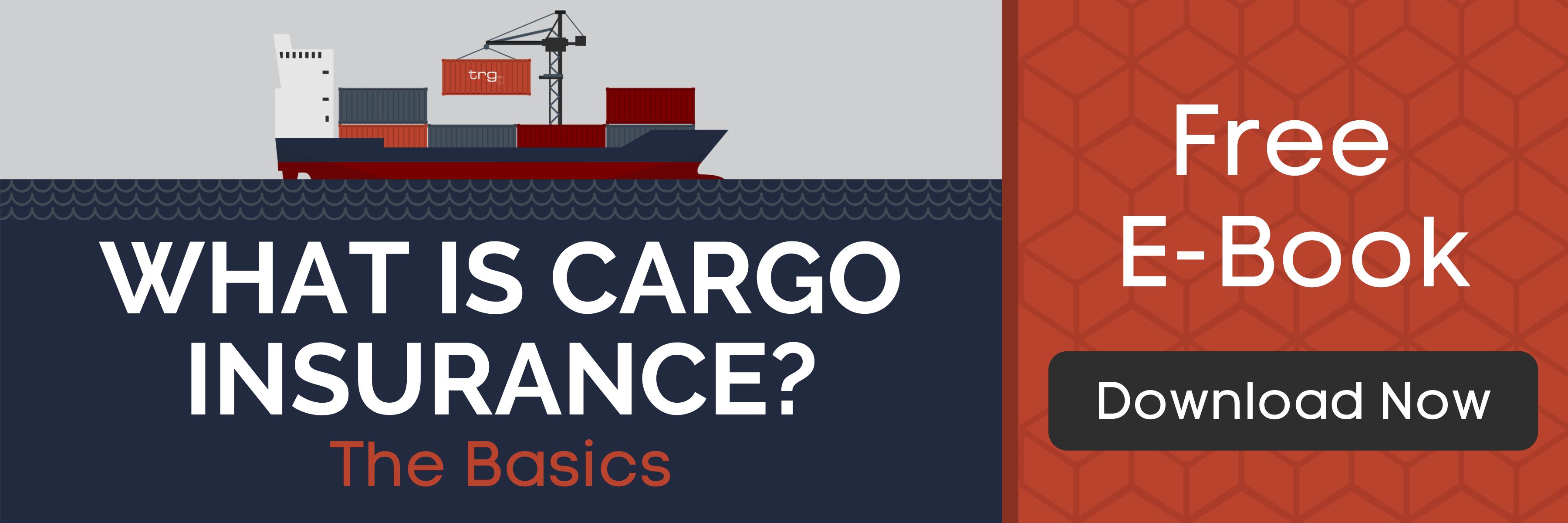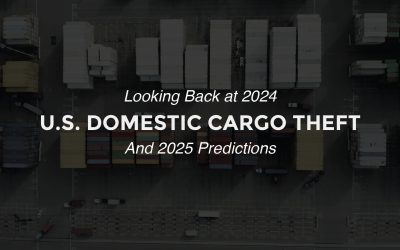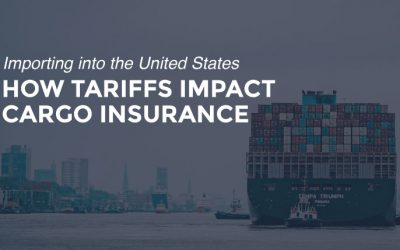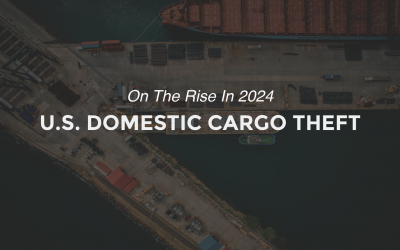TRG has prepared the following breakdown to help you learn about the two main types of cargo insurance so that you can make an informed decision of which variety of coverage you will need.
Choosing a type of marine insurance policy can seem daunting with all the options available to importers. However, although there is a wide variety of coverage available, importers should be familiar with the two primary types that exist in order to make an informed decision. All-Risk and Named Perils are the two main types of cargo insurance an importer can purchase to protect their goods during their supply chain.
What is a Marine Insurance All-Risk Policy?
Known as Institute Cargo Clause A, All-Risk Policies are the broadest types of Marine Insurance coverage. In the most general sense, these policies promise to cover all losses except those specifically excluded in the policy.
The following are some common exclusions to All-Risk Marine Insurance coverage:
- Inherent Vice – This refers to the deterioration of physical objects because of the fundamental instability of the components of which they are made, as opposed to deterioration caused by external forces. For example; fruits and chemicals naturally deteriorate without the influence of detrimental outside forces.
- Negligence – Negligence is the failure to use reasonable care resulting in damage or injury to the imported commodities. For example; shipping time-sensitive goods into a known congested port.
- WSRCC – This stands for ‘War, strikes, riots, and civil commotions’. An ordinary marine insurance policy does not cover loss due to these conditions.
- Loss of Use/Market – If the cargo is damaged and this results in the loss of profits from those goods, insurance will only cover the cost of the goods and not the potential profits.
- Failure to Pay/Collect – If the client fails to pay during any point in the supply chain resulting in any loss of goods, the marine insurance will not cover the loss.
- Loss Over Policy Limit – If a loss exceeds the maximum per conveyance limit, it will not be covered. Marine insurance policies will only cover up to the limit.
What is a Named Perils Policy?
A Named Perils Policy refers to Institute Cargo Clauses B (formerly known as ‘With Average’) and C (formerly known as ‘Free of Particular Average’) which are more restrictive types of insurance. Any peril not named in these policy types is not covered by the insurance. Typically, for an ocean conveyance, the following types of loss are covered: burning, sinking, stranding, and collision.
After reading this, you know the basics of these two types of cargo insurance. Remember to stay tuned to this blog for more great content on Customs Bonds and Ocean Marine Cargo Insurance.
Editor’s Note: This post was originally published in December 2015 and has been edited to include updated information.

